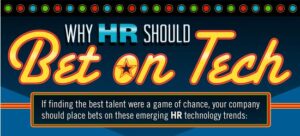
Why Recruiters Should Bet on Technology
How can employers improve their odds of landing top talent in today’s recruiting game? This infographic shows why new HR technology is a smart bet…

How can employers improve their odds of landing top talent in today’s recruiting game? This infographic shows why new HR technology is a smart bet…

Social engagement is not a management overlay on a toxic culture. It’s not a Band-Aid, a work-around or a cure-all. But what DOES it take to be an effective social leader in today’s world of work?

Much of today’s world of work now plays out on an open, social “stage.” What are the implications for employer and employee privacy and confidentiality? Let’s talk…

TalentCulture is thrilled to be featured on Forbes List of “Best Websites For Your Career.” Why? In the spirit of lists everywhere, here are 3 reasons…

How can companies retain their most innovative employees? And how can those smart minds succeed? It starts by creating value for others

Why and how should established businesses develop a culture of entrepreneurship? That’s the focus this week at #TChat events with Bob Burg…

Are new technologies emerging so rapidly that organizations can’t keep pace? What’s ahead in HR innovation and how should we prepare?

Is workplace technology evolving too quickly for organizations to absorb? How can we stay ahead of the curve without jeopardizing employee engagement?

Do accepted brainstorming practices work as well as we think? How can teams do a better job of sparking creative ideas in today’s workplace?

It may seem like a fine line between #TChat events and controlled chaos, but there’s more here than meets the eye. Our community considers the why and how of crowdsourcing
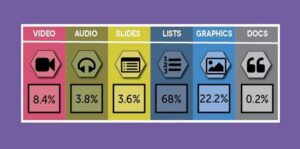
How does your digital content compare with popular blogs? And what can you do to improve? See what a TalentCulture audit revealed, and request a free audit for your site…
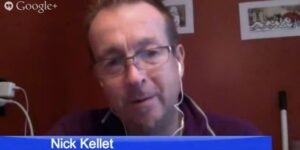
In today’s connected world of work, how can we make the most of tools and techniques that help us curate and share collective wisdom?
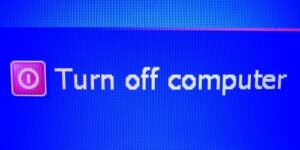
Grand as it may be, today’s “always on” connectivity experiment is taking a toll, and business leaders are just starting to respond. But how can we help ourselves?

Is “vacation” a vanishing breed? Even when we’re able to get away from work, our connections follow us. How can we disconnect and de-stress in a world that’s always “on”?

Twitter. For recruiters, it’s now a hot spot — not only for talent acquisition, but also for professional development. Who’s leading this social learning movement?

Conferences: Who’s redefining the concept, and what does it mean for professional communities and personal brands? The case for crowdsourcing

How can organizations encourage collaboration? And why does it matter? The TalentCulture community opens up about open leadership…
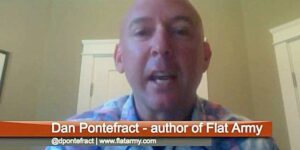
What is an “open” leader — and why is that concept vital in the workplace? That’s our focus at #TChat forums this week, as we explore the intersection of management, learning and collaboration

What does a future-ready workforce look like? Business collaboration and learning expert Dan Pontefract says it features a special kind of leader
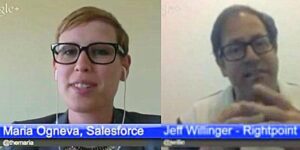
Digital communities are increasingly important to business organizations. But what really makes an enterprise community effective?

How can business apply social tools and techniques to connect with those in need – around the corner or around the world? Our community exchanges ideas with experts on “social good” in the workplace…

Community — that word means so much more to me today than it did only one week ago. Some takeaways I won’t forget from the Boston bomb attack…

Social media seems like the perfect way to foster relationships between business and non-profit organizations. But results are mixed. What’s missing? How can companies benefit from helping?
Remember, this week at TalentCulture, we’re everywhere you want to be! In addition to our regular #TChat events, we’ll be onsite at the Recruiting Trends Social Summit in DC…
By definition, learning is a social function. How can business leverage this more fully to develop talent in the world of work? This week, we dug deep to explore the possibilities…